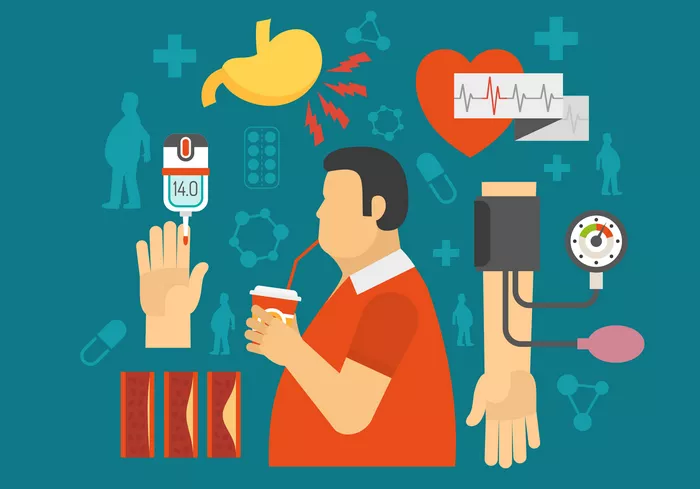Harvard researchers have recently issued a public warning concerning the consumption of red meat, following the release of a significant new study. This study, conducted by a team of US experts, has revealed a disturbing connection between the intake of heme iron—a type of iron predominantly found in red meat—and the risk of developing type 2 diabetes.
The Study’s Findings
The research, which spanned over 36 years and analyzed data from more than 200,000 participants, focused on understanding the health impacts of heme iron. This form of iron, which is highly absorbable by the human body, is commonly found in various meats, including beef, lamb, liver, and some types of fish. The findings indicated a “significant link” between high heme iron intake and an increased risk of type 2 diabetes.
According to the study, individuals who consumed the highest amounts of heme iron had a 26% higher risk of developing type 2 diabetes compared to those who consumed the least. Heme iron was also found to contribute to more than half of the diabetes risk associated with the consumption of unprocessed red meat.
“This study underscores the importance of healthy dietary choices in diabetes prevention,” said Frank Hu, Fredrick J. Stare Professor of Nutrition and Epidemiology and corresponding author of the study. “Reducing heme iron intake, particularly from red meat, and adopting a more plant-based diet can be effective strategies in lowering diabetes risk.”
Understanding Type 2 Diabetes
Type 2 diabetes is a chronic condition characterized by elevated blood sugar levels and is influenced by a variety of factors, including genetics, age, and body weight. Common symptoms include excessive thirst, fatigue, and frequent urination, though some individuals may exhibit no symptoms at all. The long-term consequences of type 2 diabetes are serious, including an increased risk of dementia and a decline in cognitive function.
Dietary Recommendations
Given the findings of the Harvard study, the researchers strongly recommend that individuals consider reducing their intake of red meat and instead opt for more plant-based foods. Foods such as legumes, nuts, seeds, and dried fruits are rich in ‘non-heme iron,’ a form of iron that does not carry the same diabetes risk as heme iron. Incorporating more of these foods into one’s diet can be a beneficial step in reducing the risk of developing type 2 diabetes.
Conclusion
The results of this extensive study highlight the importance of dietary choices in managing and preventing type 2 diabetes. While red meat has long been a staple in many diets, the potential health risks associated with heme iron intake warrant a reconsideration of its place in our daily meals. By shifting towards a more plant-based diet, individuals can take proactive steps to safeguard their health and reduce the likelihood of developing type 2 diabetes.
Related topics:
Abbott and Medtronic Partner to Integrate CGM System & Insulin Delivery Devices
COVID-19 Linked to Higher Diabetes Risk, Vaccination Reduces Impact
The Truth About Diabetes: Understanding the Condition and Its Impact
























